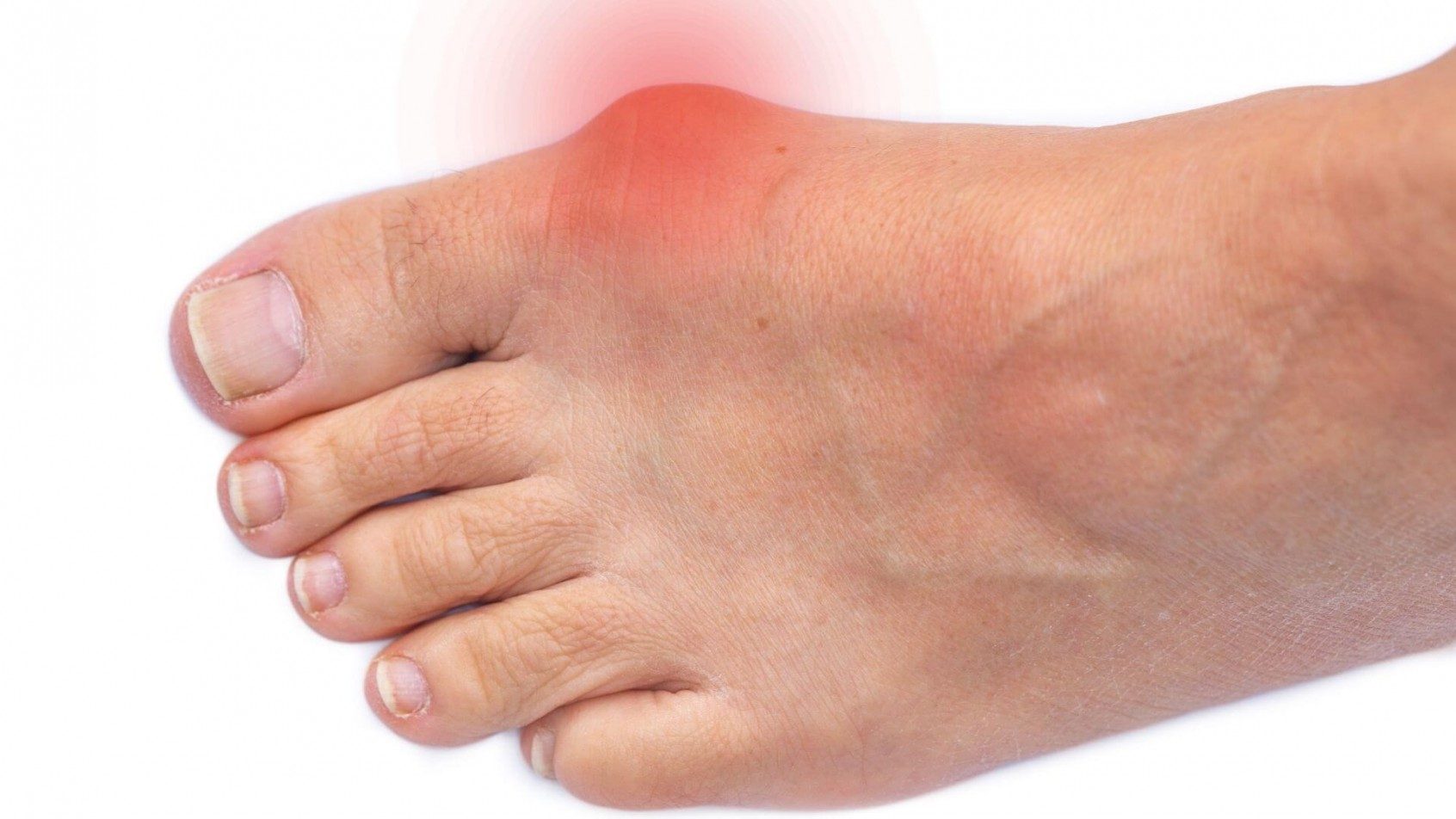There are several conservative treatments to relieve bunion pain and slow its progression. These include wearing shoes that fit properly, strengthening the foot and avoiding activities that cause bunions to develop.
Bunion pain can vary from mild to severe, and may be worse at night or only flare up sometimes. When nonsurgical treatments don’t work, surgery may be recommended.
Symptoms
The most common symptom of a bunion is pain and stiffness in the big toe joint. It may also feel painful when you try to bend your big toe.
This can make it hard to walk. A doctor can diagnose a bunion by 拇趾外翻 looking at your foot and taking an X-ray.
In most cases, bunions happen gradually over time. The problem is caused by the way your foot is shaped (foot structure) or the pressure from walking and wearing shoes.
People with bunions often have a family history of this problem. They may have a high-pronated (rolled inward) foot, which is one of the risk factors for bunions.
Bunions tend to get worse over time and are more likely to be painful in women than men. They are also more common in people with a family history of other foot problems, such as flatfeet.
Diagnosis
A health care provider can usually diagnose a bunion with a visual inspection (physical examination). A foot x-ray may also be used to determine the severity of the deformity.
The most common symptom of a bunion is pain or swelling in the big toe joint. This pain is often worse when wearing shoes that squeeze the toes together or when walking.
If the bunion is large or if it causes problems with shoes, your doctor may prescribe medicine to reduce the pain. Medications such as nonsteroidal anti-inflammatory drugs (NSAIDs), such as ibuprofen, may help.
Your doctor might also recommend special pads to cushion the painful area over the bunion. Be sure to test them for a short period to see if they help.
If a bunion is not relieved by other treatments, surgery to realign the big toe joint may be recommended. The procedure is called bunionectomy. It removes the bump and straightens the big toe.
Treatment
If you have a bunion and it is causing pain or other problems, you may want to talk to your doctor about treatment. There are several options, including medication and surgery.
Nonsurgical methods, such as activity modifications and wearing shoes with a wide toe box, can help relieve pain and improve foot function. Over-the-counter pain-relieving medications, such as ibuprofen and naproxen, can also reduce swelling and relieve symptoms.
Injections of cortisone can also help reduce inflammation and pain. However, these injections can have side effects, especially if you use them too often.
Using ice or heat therapy can also ease pain and swelling. Try soaking your feet in a warm bath or applying ice packs to the area of the bunion that hurts.
Having a physical therapist evaluate your feet can also be helpful. PTs can recommend exercises that strengthen the muscles around your foot and improve movement. They can also teach you how to avoid putting pressure on your bunion by choosing the right shoes and wearing them correctly.
Prevention
The best way to prevent bunions is to treat them as early as possible. However, this is often not possible if the bunion has already formed.
Typically, a bunion is caused by abnormal pressure on the big toe. This pressure causes the bone to push outward.
A doctor can usually diagnose a bunion on the physical examination of your foot. Your doctor may also order an X-ray to show how far the bones have become out of alignment.
Several factors are known to increase the risk of developing bunions. Genetics and some structural issues are uncontrollable, but you can lower your risk by wearing proper-fitting shoes.

